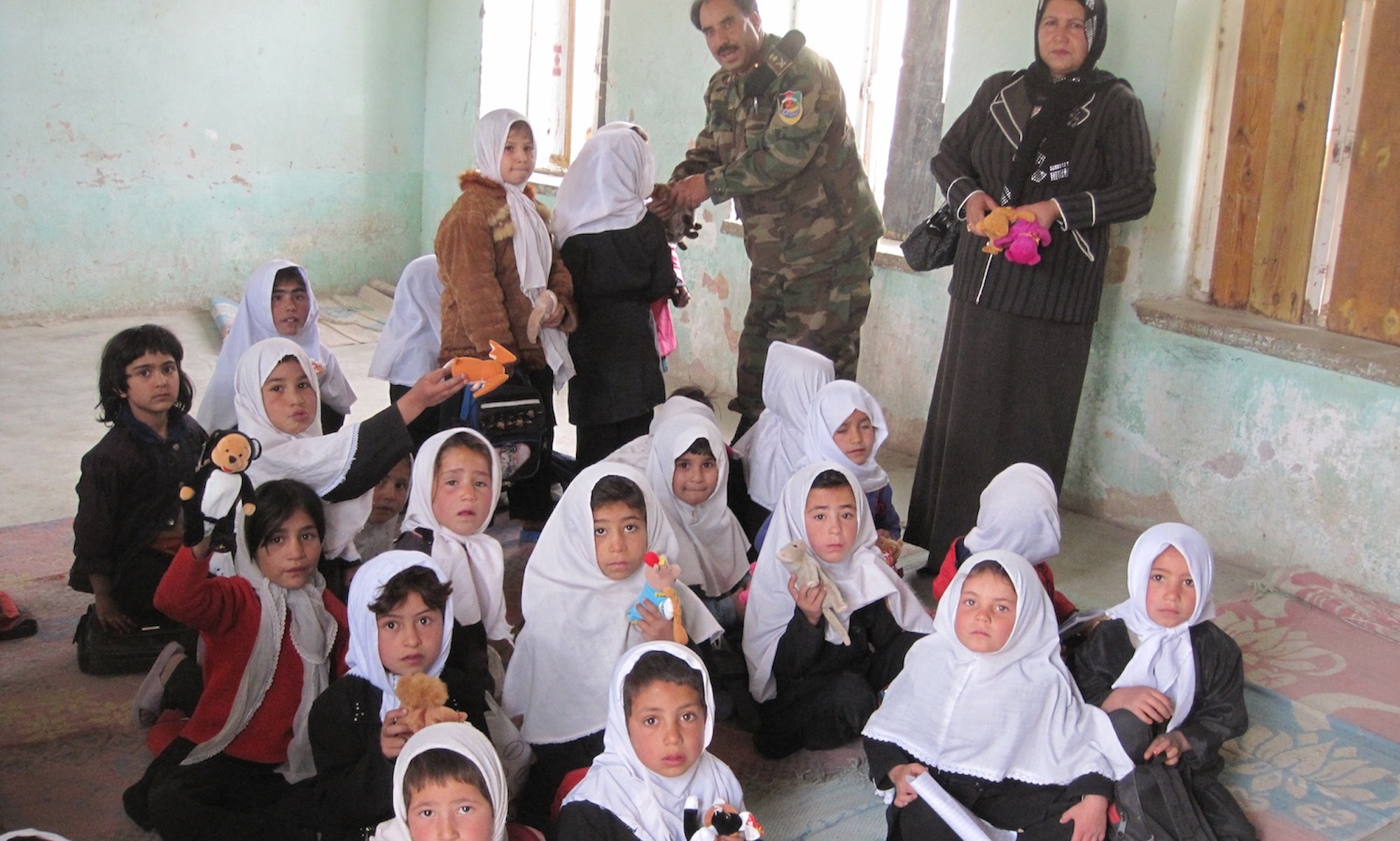Scholars and practitioners of international relations have devoted increasing attention to how cease-fires, once achieved, may be translated into sustained peace. In recent years, the United Nations, the World Bank, and the United States and other governments have revamped their institutional architecture for addressing post-conflict reconstruction and peacebuilding. The creation in 2006 of a UN Peacebuilding Commission exemplifies these changes. The relationship between weak states and the durability of peace has acquired new emphasis in IR research. This article analyzes recent conceptual developments in post-conflict peacebuilding, relating them to new thinking about fragile states. It then analyzes the international architecture for addressing post-conflict peacebuilding, identifying gaps, and analyzing likely policy challenges in the near future. We argue that despite important analytic insights and institutional changes, serious challenges persist in efforts to prevent wars from recurring.

INSCT Postconflict Research Database
The Institute for National Security and Counterterrorism's Postconflict Research Database & Analysis Project stores cross-indexed bibliographic information on hundreds of journal articles, books, book chapters, and case reports that address the broad, interdisciplinary fields of postconflict reconstruction, stabilization, and peacebuilding.
42 Replies to “Ending Wars and Building Peace: International Responses to War-Torn Societies”
Comments are closed.